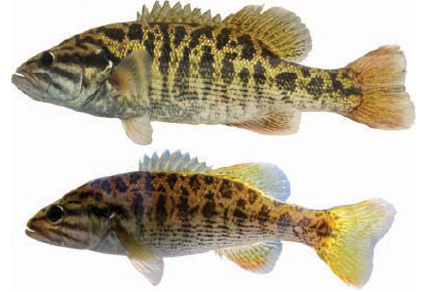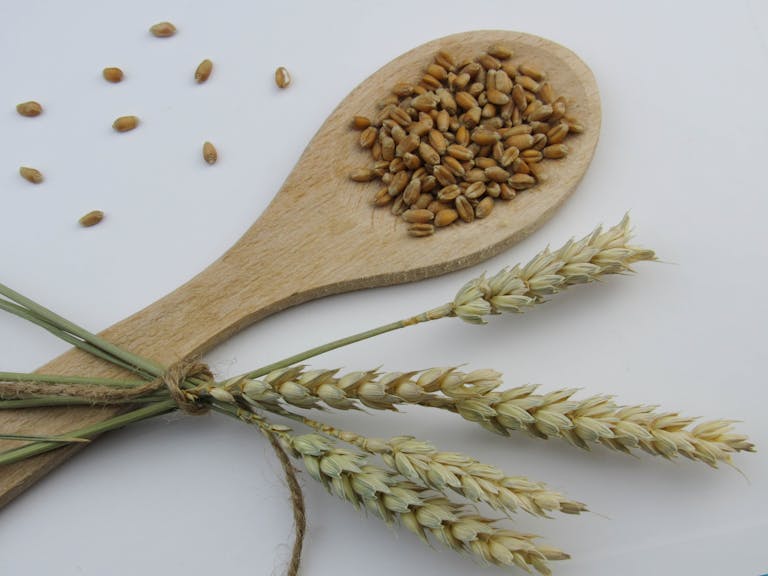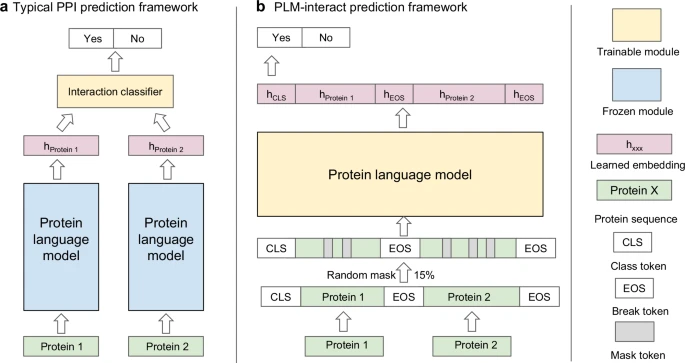Scientists Confirm Two New Bass Species in the Southeastern U.S.

Researchers from the University of Georgia have officially identified two new species of black bass—the Bartram’s bass and the Altamaha bass.
Although anglers and ecologists had seen these fish for decades, it was only recently that a comprehensive study confirmed their unique physical and genetic traits, securing their place as distinct species.
Published in Zootaxa in August 2025, this discovery adds to the diversity of the well-known Micropterus genus, which includes largemouth, smallmouth, and spotted bass.
Background of the Discovery
The story of these bass stretches back to the 1980s, when University of Georgia ecologist Bud Freeman first encountered what is now called Bartram’s bass. At the time, it appeared different enough from the redeye bass group that Freeman began collecting data.
Over the decades, Freeman and his collaborators gathered extensive samples from rivers across Georgia, South Carolina, and North Carolina, eventually building the case that these fish were not just local variations but distinct lineages.
The findings were confirmed through a combination of morphological analysis (examining body features like coloration, fins, and tooth patches) and genetic sequencing. By combining these approaches, the researchers could separate naturally occurring variation from evidence of actual speciation.
Where They Live
Each of these new species has its own specific river basin:
- Bartram’s bass (Micropterus pucpuggy): recorded at 14 sites across the Savannah and Saluda River basins.
- Altamaha bass (Micropterus calliurus): recorded at 14 sites in the Altamaha and Ogeechee River basins.
Both are riverine species, meaning they thrive in flowing freshwater systems rather than lakes. They are particularly associated with rocky shoal habitats, favoring pools and runs where oxygen levels are high and water flow is moderate.
Physical Traits
While both species were historically lumped under the umbrella of redeye bass, closer examination reveals several distinguishing traits.
Bartram’s Bass (Micropterus pucpuggy)
- Body color: light gold background with patterned dark brown blotches.
- Fins: rosy-pink hues, especially noticeable at the edges.
- Belly: mottled appearance.
- Eyes: carmine red, with a black pupil outlined by a thin gold ring.
- Tooth patch: oval-shaped inside the mouth.
- Size: can grow up to 15 inches long.
Altamaha Bass (Micropterus calliurus)
- Body color: light gold scales edged in olive, with darker brown blotches along the sides.
- Fins: bright orange highlights on the edges.
- Eyes: red with a thin gold margin.
- Tooth patch: smaller oval patch compared to Bartram’s bass.
- Size: can grow up to 14 inches long.
These physical distinctions provide clear field markers for anglers and researchers trying to differentiate the two species.
Genetic Differences
The research team didn’t stop at visible traits. To rule out the possibility of hybrid individuals being mistaken for unique species, they analyzed mitochondrial DNA as well as short fragments of nuclear DNA using modern bioinformatics tools. This level of scrutiny was crucial, as hybridization is a significant threat to the survival of distinct bass lineages.
The genetic work confirmed that both Bartram’s bass and Altamaha bass are reciprocally monophyletic—a term meaning that each species forms a unique, non-overlapping branch of the evolutionary tree. The dataset used for this analysis included over 570 individuals, covering not only the two new species but also largemouth, smallmouth, northern spotted, shoal, Tallapoosa, redeye, and Alabama bass. This broad comparison ensured the robustness of the findings.
Conservation Concerns
Identifying these species is not just an academic exercise. Both Bartram’s and Altamaha bass face serious ecological challenges:
- Habitat alteration: Sedimentation from land use and the construction of dams has changed the structure of their river systems. Sediment fills in rocky shoals, reducing the complex habitats these bass depend on. Dams fragment river systems, isolating populations and altering water flow.
- Hybridization: The introduction of other bass species, often for sport fishing, has created opportunities for cross-breeding. Hybrid offspring dilute the genetic integrity of these unique species. Over time, this could lead to the disappearance of pure populations.
Because of these risks, the researchers stress the importance of formally naming and documenting these fish. Recognition as distinct species gives conservation agencies a stronger framework for managing and protecting them.
The Names Behind the Fish
The naming of these species carries cultural and historical meaning:
- Bartram’s bass (Micropterus pucpuggy) honors naturalist William Bartram, who traveled through the southeastern U.S. between 1773 and 1776, documenting plants and animals unfamiliar to colonial naturalists. The term “pucpuggy” comes from the Seminole-Creek people, who gave Bartram the name meaning “Flower Hunter.”
- Altamaha bass (Micropterus calliurus) takes its name from the Altamaha River. The Latin roots combine calli- (beautiful) and -urus (tail), referring to its distinctive tail markings.
Why It Matters
The recognition of these two species highlights a broader truth: even in regions that are well studied, there are still hidden species waiting to be discovered. Bass are among the most popular freshwater gamefish in North America, yet researchers continue to find diversity within the group that had previously gone unnoticed.
This discovery also emphasizes the importance of combining traditional taxonomy (studying external traits) with modern genetics. Without DNA analysis, it would have been difficult to prove that these differences were due to speciation rather than just variation within redeye bass.
Extra Information: The Black Bass Group
To put this discovery into context, it helps to look at the larger family of black bass.
- Genus Micropterus: Includes well-known species like largemouth bass (Micropterus salmoides), smallmouth bass (Micropterus dolomieu), and spotted bass (Micropterus punctulatus).
- Distribution: Native primarily to North America, though many species have been introduced worldwide for sport fishing.
- Ecological role: Apex predators in many freshwater ecosystems, feeding on fish, insects, and crustaceans.
- Economic importance: Popular targets for recreational fishing, supporting a multi-billion-dollar angling industry.
The discovery of Bartram’s and Altamaha bass adds two more names to this already diverse and economically significant group.
Hybridization: A Growing Problem for Native Bass
One of the biggest conservation issues across the southeastern United States is the mixing of native and introduced bass species. For example:
- Shoal bass, native to the Flint River in Georgia, has been under pressure from introductions of spotted bass.
- Redeye bass, once considered a single species, is now recognized as a group of multiple distinct species, each vulnerable to hybridization.
When bass interbreed, the resulting hybrids often outcompete pure natives or create populations that are genetically mixed, making it difficult to maintain distinct lineages.
Habitat and River Health
Another layer of concern for these new species lies in river management. Southeastern rivers have been heavily modified over the past century, with dams for hydropower, flood control, and navigation. These changes have had cascading effects:
- Altered flow regimes reduce spawning success.
- Sediment buildup changes riverbed structure, covering up the rocky shoals that Bartram’s and Altamaha bass depend on.
- Fish passage barriers prevent populations from mixing naturally, leading to isolated groups that are more vulnerable to local extinction.
For species that already occupy a limited geographic range, these threats are magnified.
Moving Forward
Now that Bartram’s bass and Altamaha bass are formally recognized, wildlife agencies can begin monitoring their populations more closely. This might involve:
- Establishing protected areas in key river habitats.
- Limiting the stocking of non-native bass in these systems.
- Educating anglers about identifying and protecting these unique fish.
The recognition also sets a baseline for future research. As genetic tools improve, scientists can continue to track changes in these populations and assess the extent of hybridization over time.
Conclusion
The discovery of Bartram’s bass and Altamaha bass underscores that even in familiar ecosystems, new species remain hidden in plain sight. By carefully documenting physical traits and analyzing genetics, researchers have ensured these fish are no longer overlooked. At the same time, their survival depends on addressing the challenges of habitat change and hybridization.
For anglers, biologists, and conservationists alike, this is a reminder that biodiversity is richer and more fragile than it often appears.





